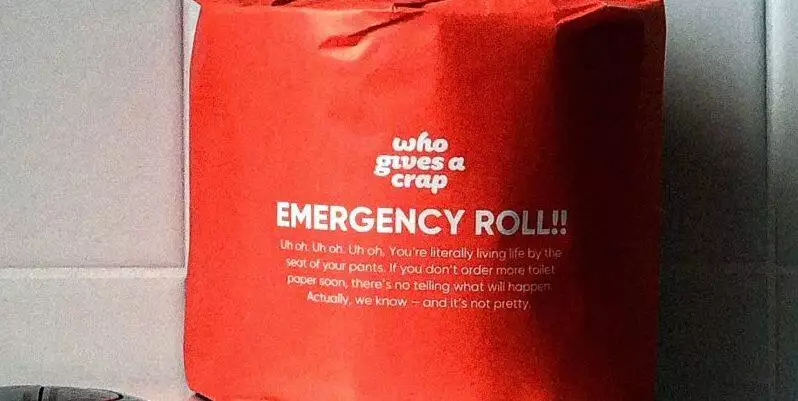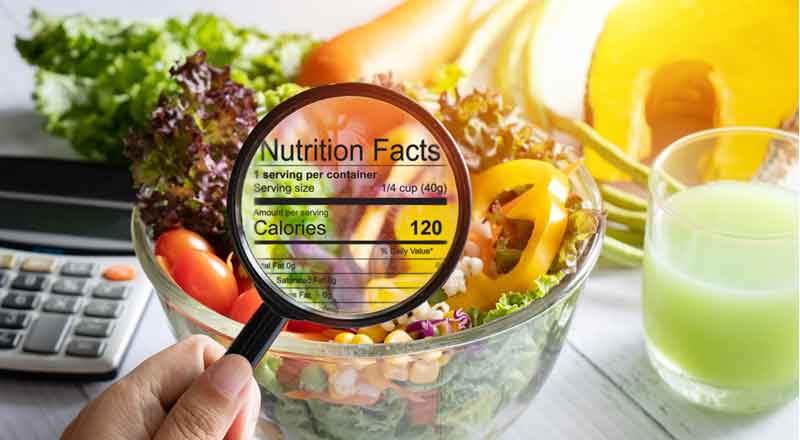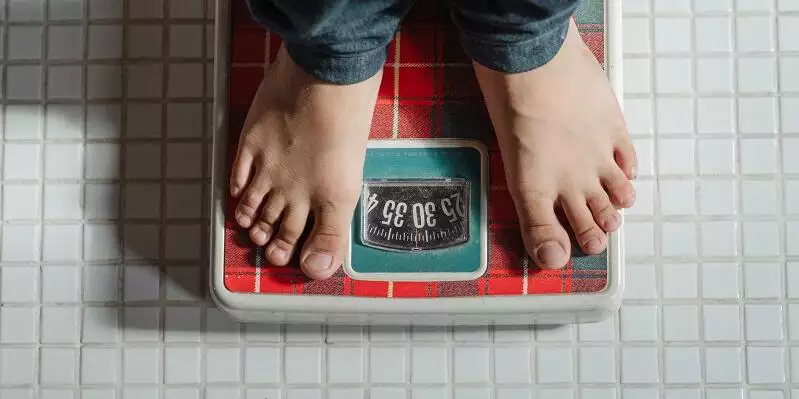I know that it’s hard to think about all the disasters which could happen: power outages, blizzards, hurricanes, tornadoes, flooding, earthquakes…. But, if there is anything we can learn from the COVID-19 pandemic, it is that disasters can happen to anyone, anytime.
Instead of getting stressed by dwelling on all the possible disasters, it’s better to get prepared. Preparedness is actually amazing for your mental health as it gives you a great sense of calm and the satisfaction of being self-reliant.
As a first step in getting prepared, you’ll want to make a family emergency kit. The following checklist covers all of your basic needs across multiple types of disasters.
Basic Supplies
- Emergency food: At least two weeks’ worth of non-perishable food
- Water: 1 gallon of water per day/per person
- Emergency stove and fuel: Such as a small propane stove
- Emergency heater and fuel
- Sleeping bags and/or blankets: Including a warm baby sleeping bag for winter power outages
- Emergency lighting: Such as flashlights, headlamps, lamps, and candles
- Spare batteries: Try to have 10 backup batteries per device
- NOAA emergency radio
- Fire-starting kit: Such as lighters, waterproof matches and tinder
- Cash in small bills
- Pet supplies: Including food, water, leashes, crates, litter, and other supplies
- Copies of important documents: Preferably organized in a binder
- “Go Bag”: This will contain essential survival items in case you need to evacuate your home quickly
- Entertainment and comfort items: A good book, a deck of cards, or other activities which don’t require electricity
Hygiene and Health Items
- Emergency toilet: Such as buckets and trash bags; let’s hope you never have to use it!
- Buckets: These have lots of emergency uses, like for making a hand-washing station
- Trash bags
- Hand sanitizer
- Toilet paper
- Menstrual items
- First aid kit and personal medications
- Unscented chlorine bleach
- Antibacterial soap
- Everyday items: Such as extra toothpaste, shampoo, dish detergent, etc.
Home Cleanup and Safety Supplies
- Plywood and plastic sheeting: For fixing damaged windows, doors, etc.
- Hardware, tools, shovel, and utility shutoff wrench
- Heavy-duty trash bags
- N95 respirator mask and eye protection
- Work gloves
- Sturdy boots
- Waterproof gear including boots
- Rope and cordage
- Ax and/or saw
- Duct tape
- Broom, dustpan and cleaning supplies
- Fire extinguisher
- Carbon monoxide detector
- Ladder
Infant and Children Items
- Disposable diapers
- Baby wipes
- Diaper and rash cream
- Cloth diapers and covers
- Infant formula
- Pre-sterilized bottles and/or disposable inserts
- Extra bottled water
- Bottle sterilizing tablets
- Baby food in pouches
- Toys and comfort items
Note that the Red Cross, FEMA, and other disaster organizations now recommend having at least 2 weeks’ worth of supplies at home. However, some disasters can end up lasting much longer than this. That’s why I recommend having at least one month’s worth of supplies and ideally even more.
Yes, it can seem overwhelming at first but just go slowly. Start with the most important and easiest items (like water, food, and hand sanitizer) and then build up from there.
Diane Vukovic is a mother of two young girls, an outdoor adventurer, and one of the few female voices in the prepping sphere. Her book Disaster Preparedness for Women tells you how to get ready for anything in just 52 steps. Get it here.





